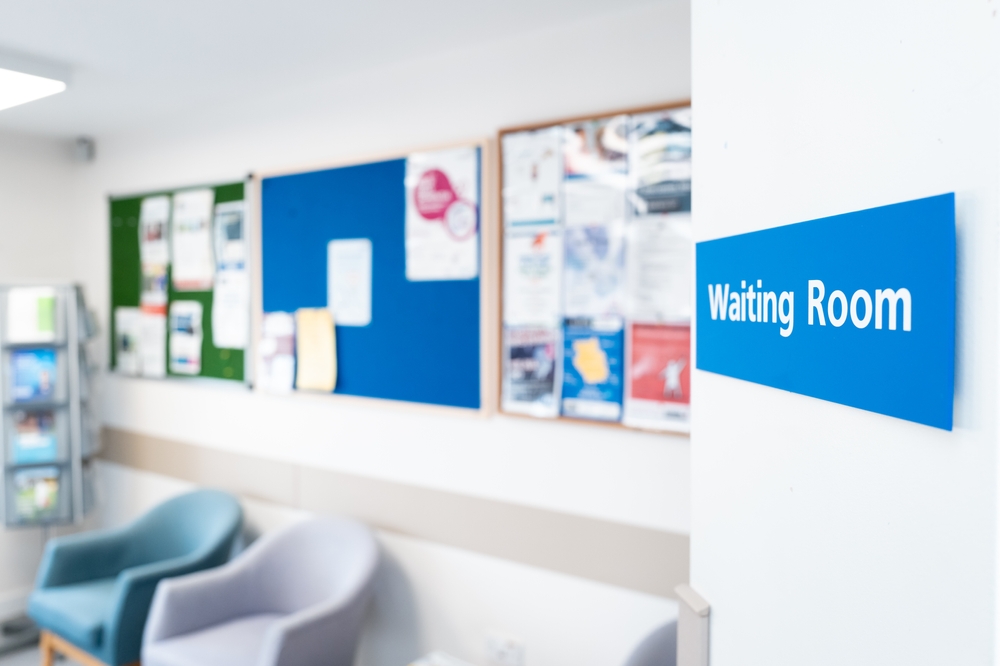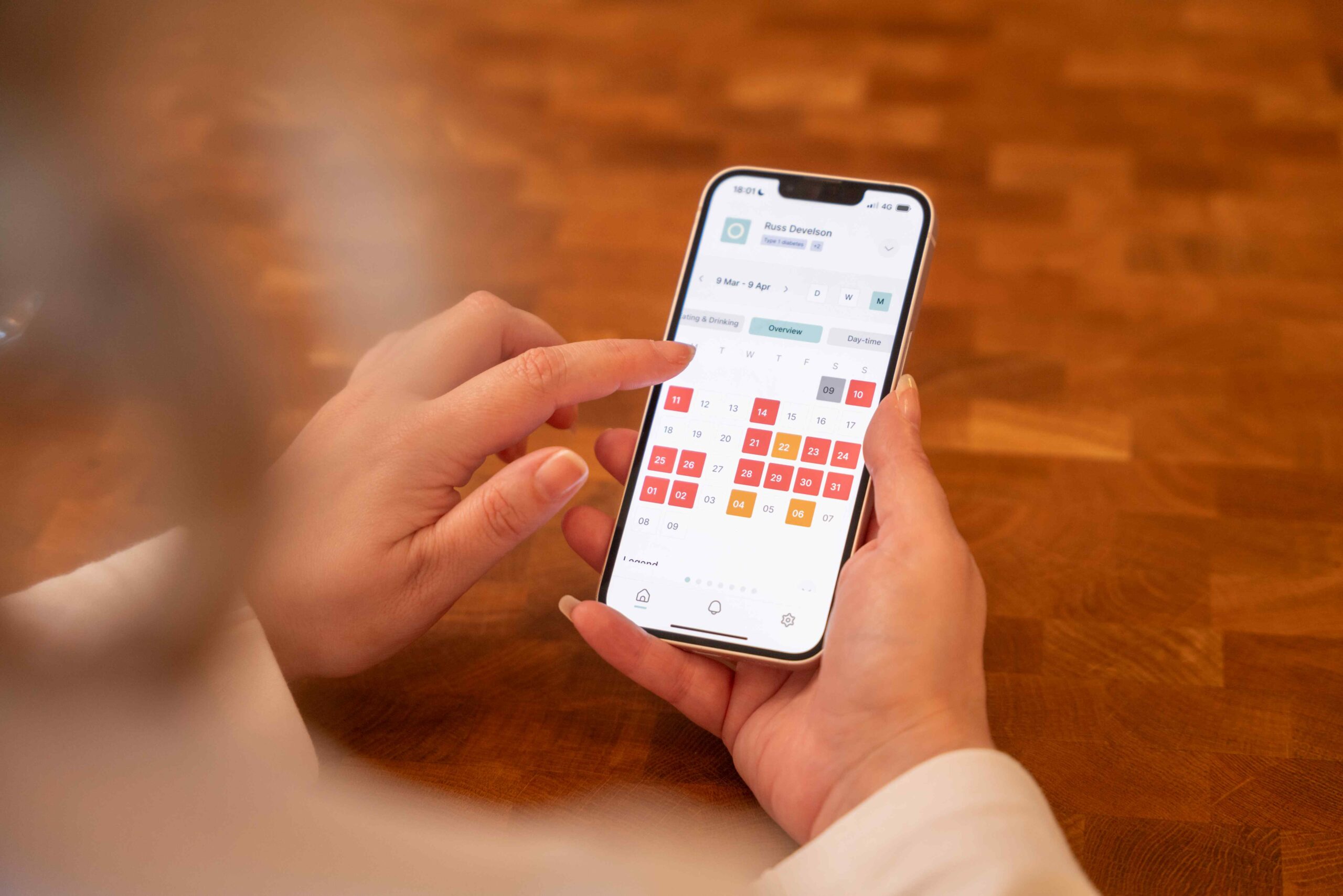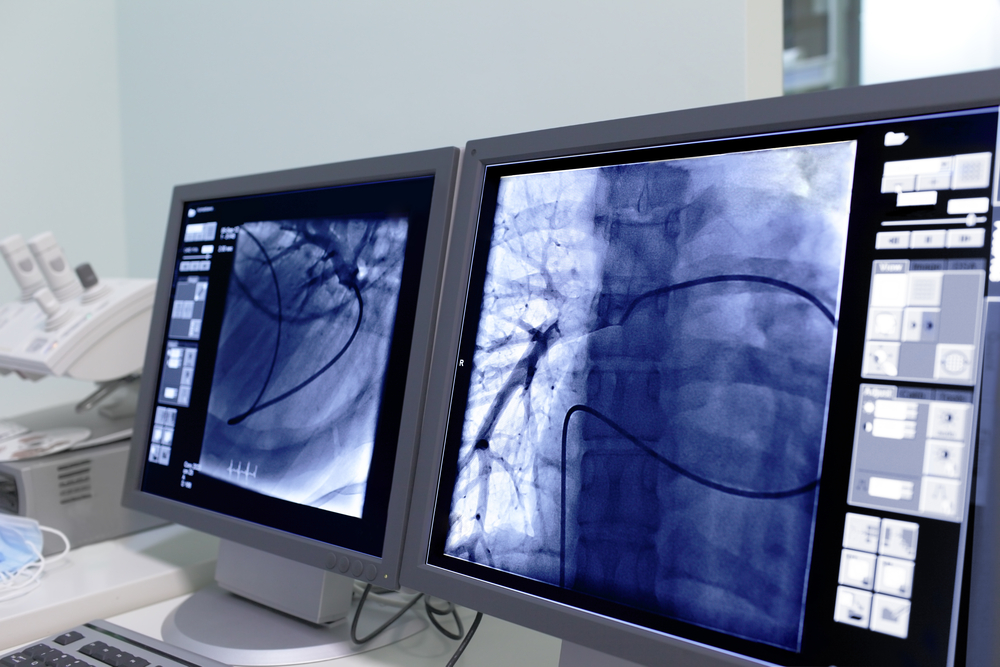From innovation to application: How healthcare must adopt an AI approach to patient engagement

Healthcare systems can learn vital lessons from other sectors further along the AI implementation transition, writes James Neal, Chief Revenue Officer at EBO.
Artificial intelligence and machine learning are already mainstream tools in many sectors, helping to automate manual tasks, accelerate processes, and drive innovation. In healthcare, the adoption of this technology will make today’s practices seem outdated in just a few years.
However, as we scale up these innovations, we must look towards other sectors that are further along in their AI journeys to absorb lessons that are prime for application in the NHS.
Meeting patient expectations in healthcare
Across multiple industries, AI is revolutionising user experience, setting new standards that healthcare providers should aspire to meet. Patients, accustomed to seamless digital interactions in other areas of their lives, now expect the same from healthcare. They seek easy access to care, free from bureaucratic hurdles and inefficiencies.
“Embracing AI is not just a choice — it’s a critical step for the NHS.”
As IBM’s Senior Vice President, Paul Papas, has observed: “The last best experience that anyone has anywhere becomes the minimum expectation for the experiences they want everywhere.” This is particularly true in healthcare, where outdated systems can no longer meet modern demands. Lord Darzi’s review has highlighted that many NHS processes remain clunky and inefficient, causing frustration for both patients and staff.
The imperative to adopt advanced technologies is clear. In an era of rising demand and limited resources, embracing AI is not just a choice — it’s a critical step for the NHS to deliver sustainable care.
Taking a leaf out of the financial services playbook
The NHS can learn from the financial services sector’s focus on user experience, innovation, and its shift from one-way communication to interactive, user-centred dialogue. All of these are crucial to the financial sector due to high customer demands and volumes – which are also acutely present in healthcare.
Automating user journeys to dynamically interact with customers 24/7 – in any language, on any channel, at any time – ensures that accurate information can be accessed immediately and at the user’s own convenience.
With the ability to complete thousands of repetitive tasks and workflows simultaneously, AI automation reduces 60-80 per cent of repetitive inbound enquiries from public-facing teams. This saves staff precious time and increases capacity.
Take Exinity, for example. This trading and investing fintech is having great success using EBO’s AI automation technology to process over 80,000 conversations a month across five languages (English, Farsi, Russian, Chinese and Arabic) around the clock.
By adopting AI automation technology, Exinity aimed to automate 40 per cent of incoming requests within the first year, but impressively, surpassed this goal within just three months. Today, 50 per cent of all conversations are fully managed by AI, leading to greater efficiency, enhanced satisfaction, and reduced operational costs. This has also freed up service agents to focus on more value-driven tasks, further enriching the overall experience.
In the context of healthcare, the same technology is empowering patients to have more visibility and control over their healthcare journey, improving the patient experience while reducing the administrative burden on healthcare providers.
How a private hospital is showing the way
Saint James Hospital is setting a remarkable example of AI adoption within the private healthcare sector, significantly boosting productivity, enhancing patient experiences, and reducing staff workloads. With over a million appointments each year and a rapidly growing patient base, the hospital’s patient services teams were struggling to manage appointment bookings, especially during peak hours. The increasing communication bottlenecks led to inefficiencies in workforce coordination.
“The solutions now handles over 12,000 appointment bookings each month.”
Through EBO’s AI-powered Virtual Assistant (VA), the hospital has provided a two-way communication channel which is available on the hospital’s website and via Facebook Messenger. The tool is the first use of AI by the hospital, which integrates directly with its hospital management system and EPR. Today, the VA interacts with patients and service users via two-way automated human-like conversation, answering questions 24/7, and managing appointment bookings from start to finish. Patients can book, cancel or reschedule their appointments without the need for human intervention. Thanks to its AI context and sentiment awareness, the VA identifies customer’s emotions and adjusts the dialogue accordingly.
The results have been transformative. The solution now handles over 12,000 appointment bookings each month, with 93 per cent of interactions being completed end-to-end by the AI tool. At peak times, it absorbs 40 per cent of the call workload, allowing staff to focus on more complex tasks. Patient satisfaction has soared, with a 96 per cent approval rating—demonstrating how AI can dramatically improve both operational efficiency and patient experience.
Shifting from analogue to digital
Adopting AI automation isn’t just about appealing to the ‘modern’ patient and being there 24/7, on any device and available in any language. It’s about making experiences patient-centric, increasing patients’ access to healthcare and enabling patients to navigate their pathways easily and efficiently.
Shifting patient engagement from an impersonal one-sided interaction to a patient-friendly, conversational, and inclusive model promotes a more accessible and natural way for patients to interact with their healthcare provider. By automating repetitive administrative tasks and streamlining processes, AI automation technology makes patient journeys more convenient and engaging – enhancing choice and empowerment.
It’s not just about focusing on technology and moving from analogue to digital. Virtual Assistants are sophisticated enough to foster meaningful conversations and understand patient needs. Engaging patients through two-way conversations simplifies complex inaccessible processes into universally adaptable communication channels that cater to individual patient needs. It’s about using data to turn the currently reactive processes into proactive and predictive models by using the volumes of data captured to forecast scenarious and outcomes in real-time.
Nearly 20 NHS trusts and health boards across the UK are already using EBO’s solutions and are seeing exceptional results helping to reduce workload, increase efficiency, and improve patient satisfaction.
Time to work smarter, not harder
By adopting AI, we can create a more seamless and patient-centred experience. AI can help automate routine tasks, allowing patients to book appointments, access their health records, and manage their healthcare with ease. These innovations aren’t just about efficiency, they’re about making the NHS more accessible, responsive, and patient-centric.
It’s time to work smarter not harder to help the NHS reform and non-clinical AI innovations are going to be a key enabler. AI is the productivity tool the NHS is crying out for, and we have it in the palm of our hands. Now is the time to apply it.








